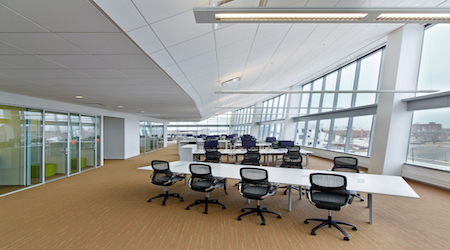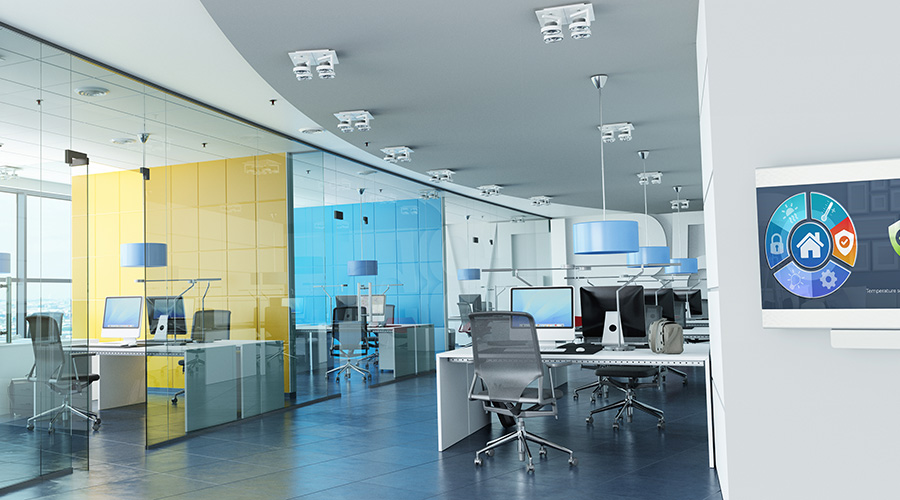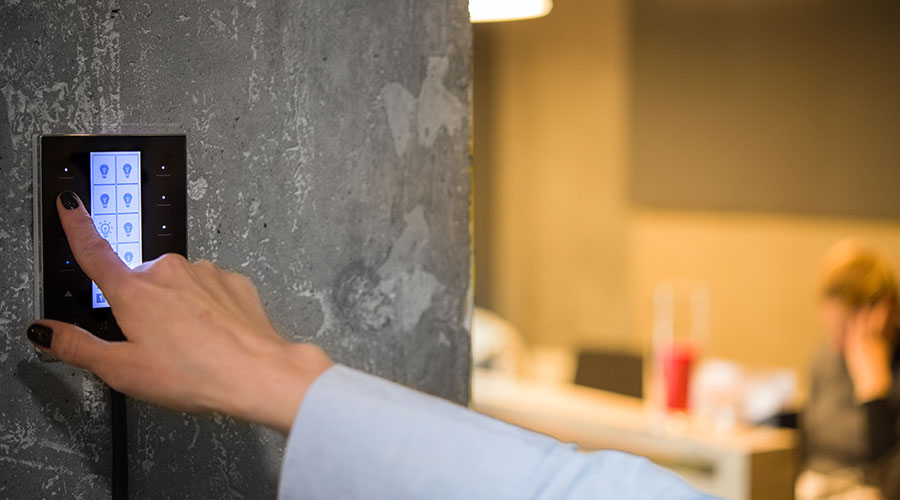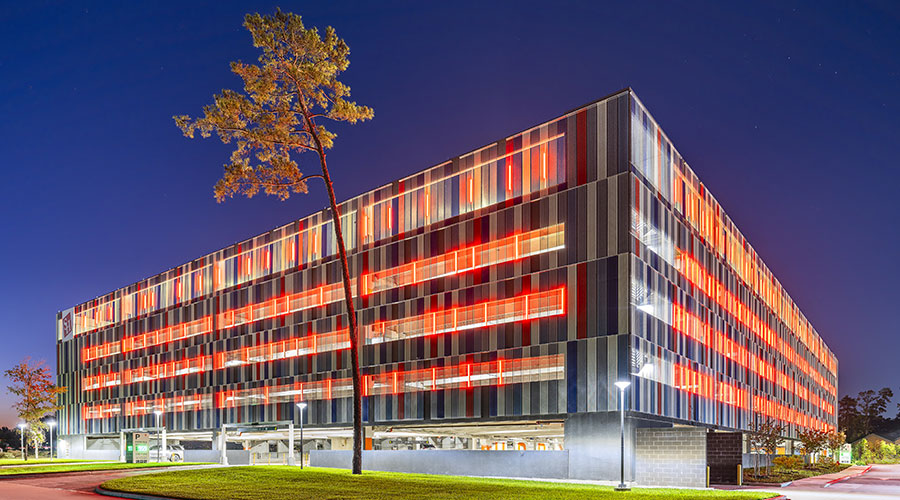SIDEBAR: Technology Gains in High-Performance Lighting
Part 3 of a 3-part article on how efficiency is only the start in high-performance lighting.
High-performance lighting today is accomplished through LED and linear fluorescents.
“The fundamental principal of efficient light sources is to generate light without generating infrared radiation or other unwanted parts of the spectrum,” explains James Benya, Benya Burnett Consultancy.
LEDs produce a narrow band of specific wavelengths, often blue, that are converted to other visible wavelengths using phosphors.
Fluorescents also use phosphors. Unlike fluorescents, however, LEDs can be well controlled. They can turn on and off instantly and be dimmed to nearly any level.
In addition to LED and linear fluorescent lamp advances, smart control devices, dimmers, time clocks, occupancy and vacancy sensors, and daylight harvesting often are part of high-performance lighting systems.
Because modern lamps offer dimmability, says Steven Mesh of Lighting, Education & Design, “we don’t have to design for zero versus 100 percent. The lights can be adjusted to provide the amount of light truly needed.”
Related Topics:














